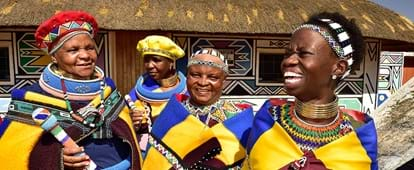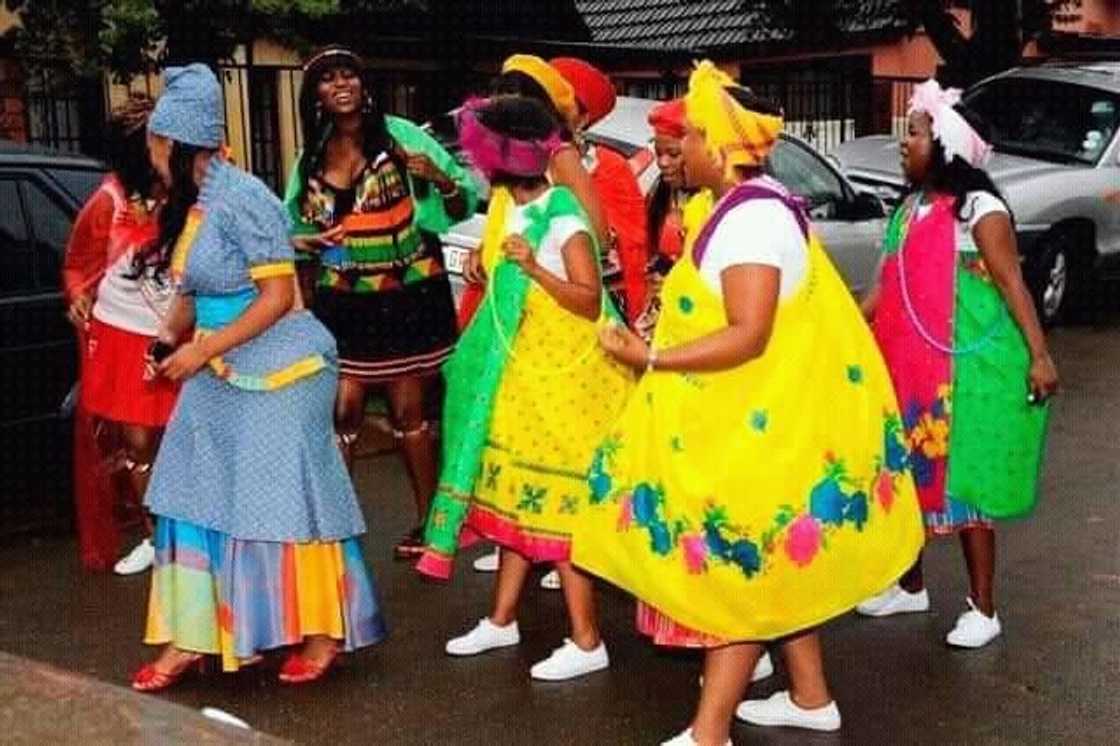All About South African Culture Today
An Unbiased View of South African Culture Today
Table of ContentsFascination About South African Culture TodayNot known Incorrect Statements About South African Culture Today Some Known Facts About South African Culture Today.How South African Culture Today can Save You Time, Stress, and Money.South African Culture Today Things To Know Before You Get ThisThe Buzz on South African Culture Today

The and lamb along with of individuals with guards and spears, in their paintings. Hunter-gatherers can not live permanently along with a settled area and hence issues arose. When the San dealt with against the BaNtu, they were at a huge drawback not just in numbers but also in lack of tools.
The Europeans owned steeds and firearms. In this period, the number of San was greatly decreased. South African culture today. They battled to the fatality and preferred death to capture where they.Colonialism destroyed the San migratory lifestyle, they were no much longer permitted to stroll openly and prize seekers damaged the vast herds of game that formed their major supply of food

Particular people may assume management in particular spheres in which they excel, such as hunting or healing rituals, but they can not accomplish positions of general impact or power. White homesteaders discovered this really complex when they tried to. Management among the San is kept for those who have lived within that team for a long period of time, who have achieved a commendable age, and excellent personality.
Land is typically owned by a team, and rights to land are usually inherited bilaterally. Kinship bonds provide the. Membership in a team is identified by residency. As long as a person lives on the land of his team he keeps his membership. It is possible to hunt ashore not owned by the team, yet authorization needs to be acquired from the proprietors.
Little Known Questions About South African Culture Today.
The San arrow does not kill the animal directly away. In the situation of tiny antelope such as Duiker or Steenbok, a couple of hours may elapse before fatality.
Water is difficult to come by, as the San are constantly on the move. Typically during the dry period, these migrants accumulate their moisture by scuffing and squeezing origins - South African culture today.
They also lug water in an ostrich eggshell. A caterpillar, reddish yellow in colour and concerning three-quarters of an inch long, called ka or ngwa is also made use of. up until it appears like red currant jelly. It is then permitted to cool and all set to be smeared on the arrowheads. The toxin is extremely poisonous and is greatly been afraid by the San themselves; the arrowhead factors are consequently turned around to make sure that the toxin is securely consisted of within the reed collar.
The poison is neuro poisonous and does not infect the entire animal. The area where the arrowhead strikes is cut out and thrown away, yet the remainder of the meat is fit to eat. The impact of the toxin is not rapid, and the seekers regularly have to. The San additionally dug risks near the larger rivers where the video game involved drink.
The Of South African Culture Today
These pitfalls were smartly covered with branches, which led to the animals walking over the pit and falling onto the stake. When capturing little pets such as hares, guinea fowls, Steenbok or Duiker, or fibre from plants were utilized. These had a running noose that suffocated the pet when it stepped into the entrapment to collect the food that had actually been positioned inside it.
Aardvark holes are made use of by small buck as a relaxing area to escape the midday sunlight. The seeker waited patiently behind the opening until the animal left.
5 Simple Techniques For South African Culture Today
If the ground is bare and open, he will crawl on his belly, occasionally holding a little bush in front of him. Seekers bring a skin bag slung around one shoulder, including individual items, poisonous substance, medication, flywhisks and additional arrows. They might additionally bring a club to throw at and stun small video game, a lengthy penetrating adhere to essence hares from their burrows or a stick to dig out Aardvark or Warthog.
According to San tradition, they were welcome to share the dish and would certainly, in the future, need to respond in the same method. However, plant foods, gathered by the womenfolk, are not shared but consumed by the lady's instant family members. The San take advantage of over 100 edible varieties of plant.
Youngsters stay at home to be supervised by those continuing to be in camp, yet nursing kids are brought on these gathering trips, including in the load the women have to lug. Until recently, most amateur and expert anthropologists took a look at a rock painting of the San and believed that they might analyze it without any type of problems.
When witch doctor (medication guys) repainted an Eland, they did not just pay regard to a sacred animal; they likewise harnessed its essence (N!um). San rock paints are located in rough areas of the KwaZulu-Natal, Eastern Cape and additional reading the Western Cape provinces.
The 7-Minute Rule for South African Culture Today
Manganese oxide and charcoal were made use of for black; white, which does not preserve well, was most likely acquired from bird droppings or kaolin. The blood of an Eland, an animal of great spiritual and symbolic relevance, was typically mixed into the colour pigments.
Human figures are stylized and shown as having long strides and the animals are either galloping Related Site or leaping, or, extra discreetly, flipping a tail or turning a neck. A lot of the paints have an underlying spiritual theme and are believed to have actually been depictions of spiritual ceremonies and rituals. The San belief system typically observes the supremacy of one effective god, while at the exact same time recognizing the presence of lower gods together with their other halves and kids.
Amongst some San, it is believed that functioning the dirt contrasts the globe order established by the god. The most vital spiritual being to the southern San was/ Kaggen, the trickster-deity. He created numerous things, and shows up in many misconceptions where he can be crazy or smart, tiresome or practical.

However,/ Kaggen is not always a hoping mantis, as the mantis is just one of his indications. He can additionally become an Eland, a hare, a snake or a marauder - he can think many forms. When he is not in one of his animal types,/ Kaggen lives his life as an average San.
Things about South African Culture Today
when he kills his very first big antelope, ideally an Eland. Once site caught, the Eland is skinned and the fat from the animal's throat and collarbone is made into a broth. In the girls' puberty rituals, a girl is separated in her hut at her initial menstruation. The women of the tribe carry out the Eland Bull Dancing where they mimic the mating behavior of the Eland cows.